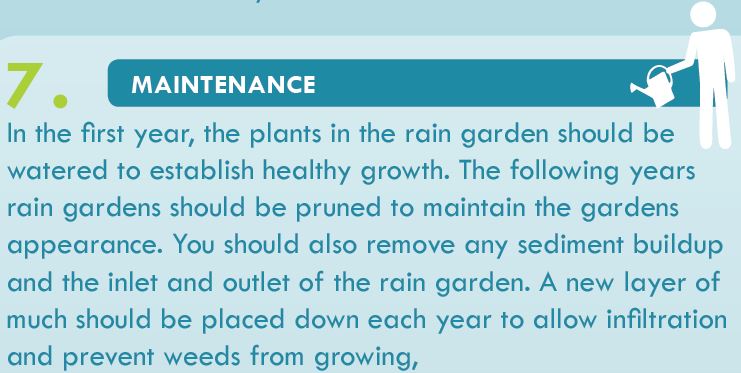CRM
Making A Rain Garden
| residential_rain_gardens_and_water_conservation_flyer.pdf | |
| File Size: | 3054 kb |
| File Type: | |
Locating a site
|
Preparation
|
Amending The Soil
|
Selecting the plants
Annual Maintenance
|
Copyright © 2024







